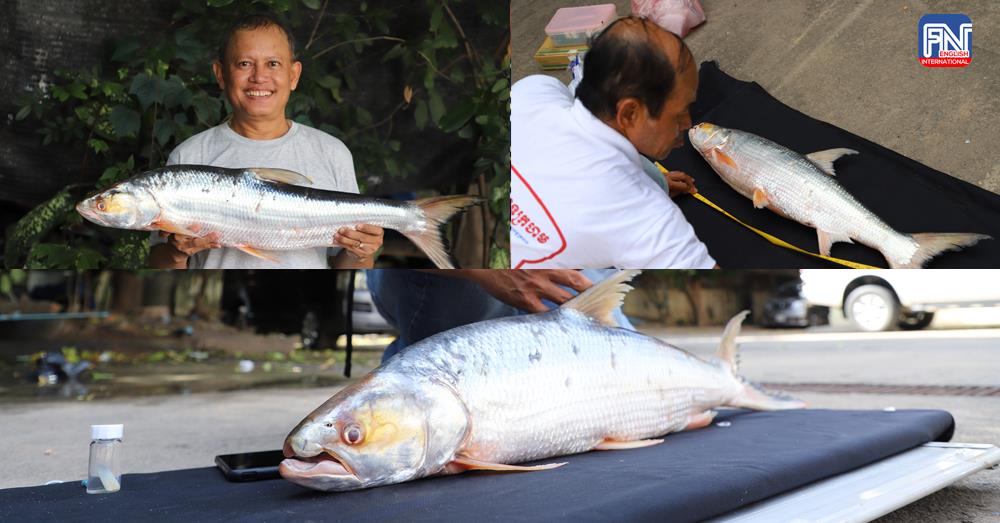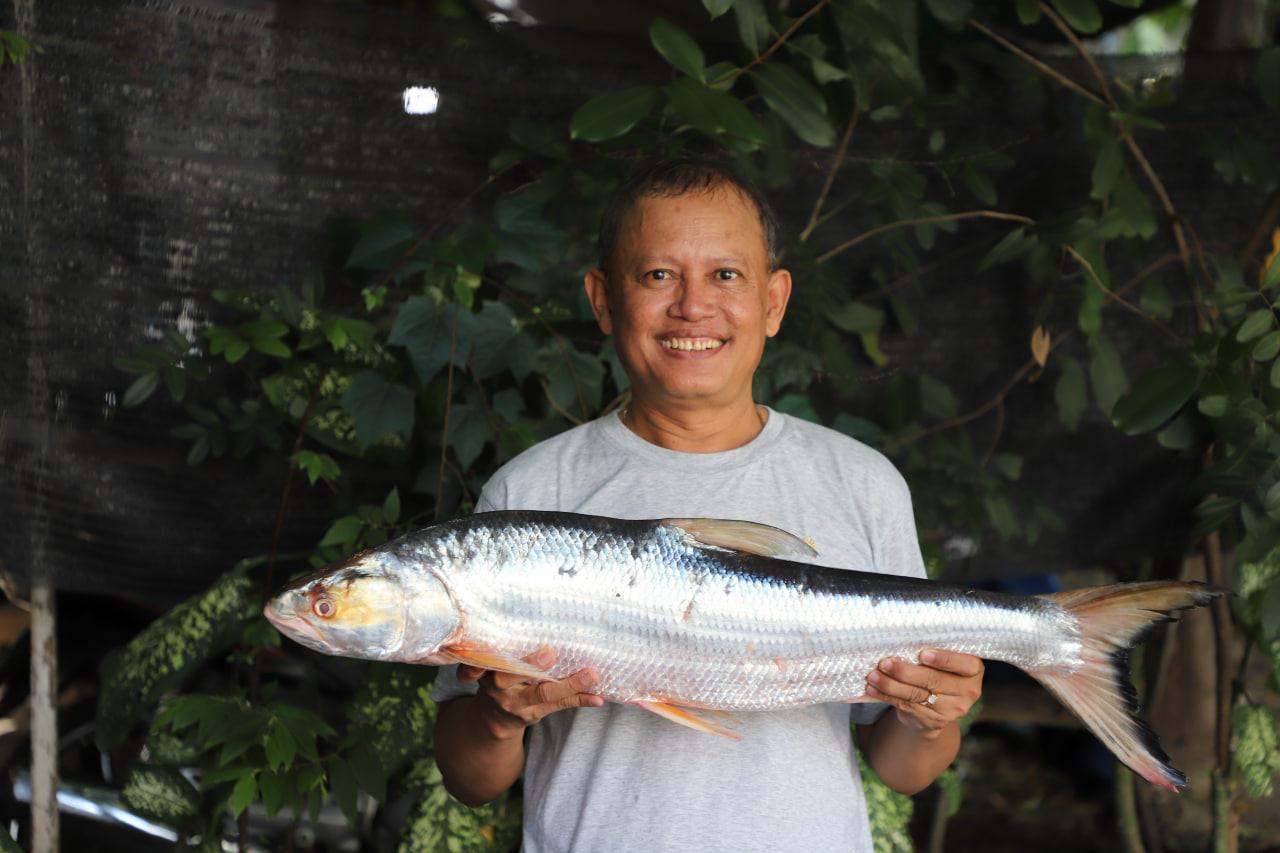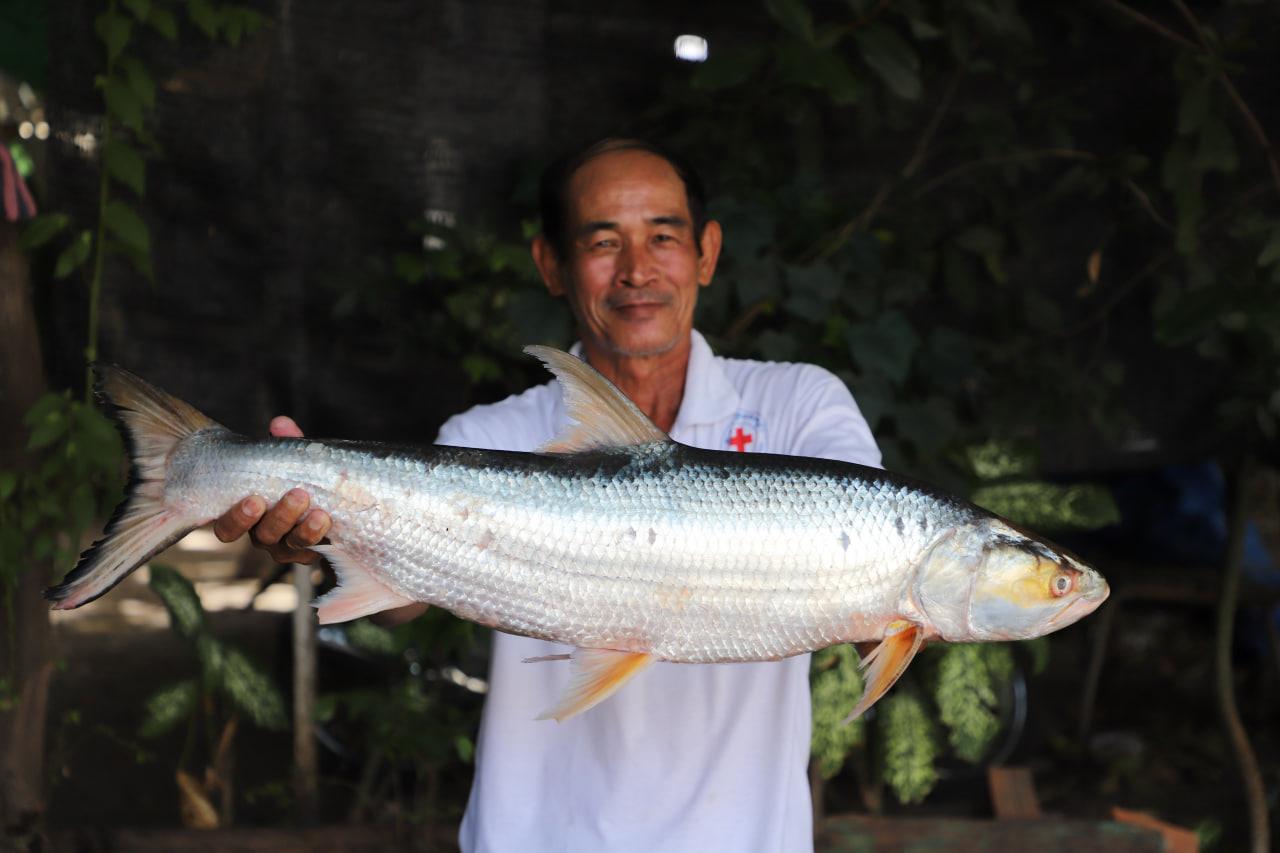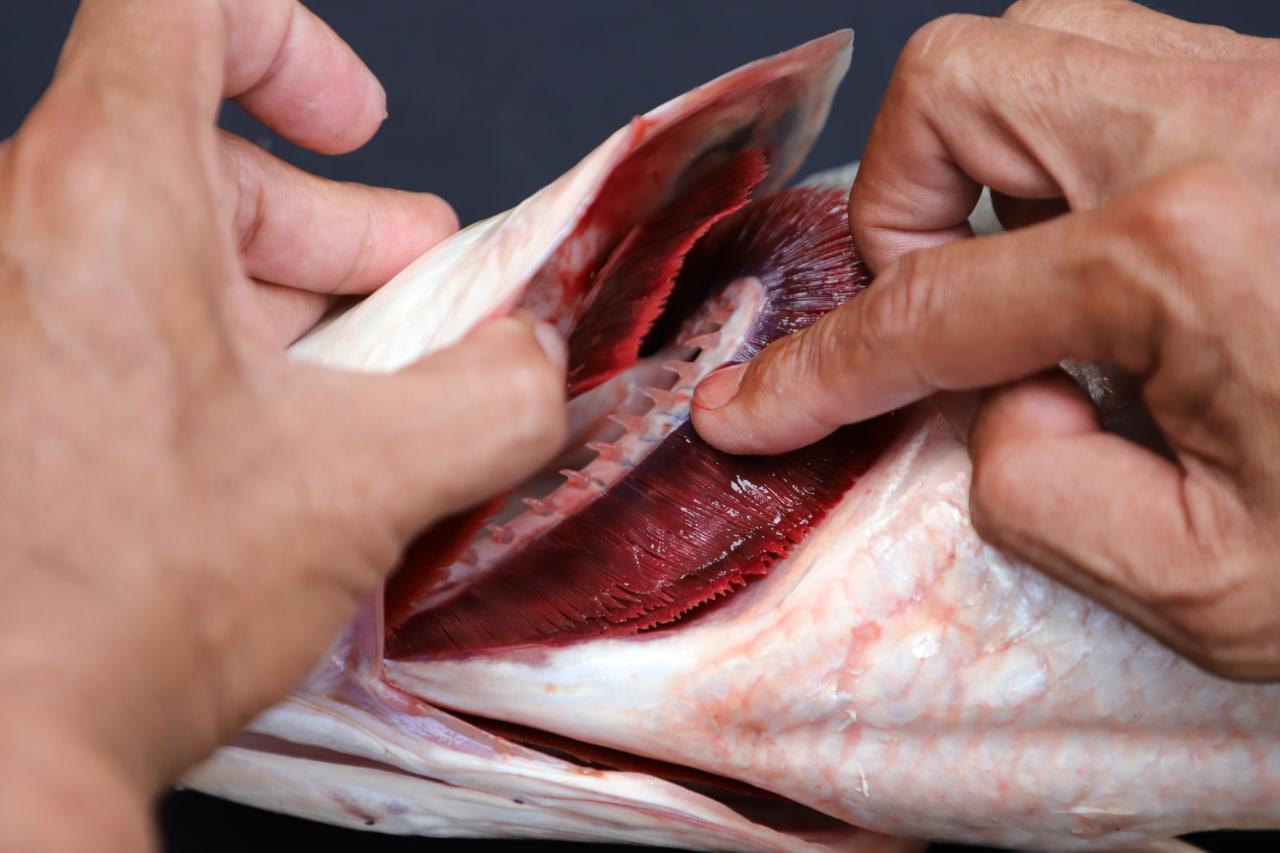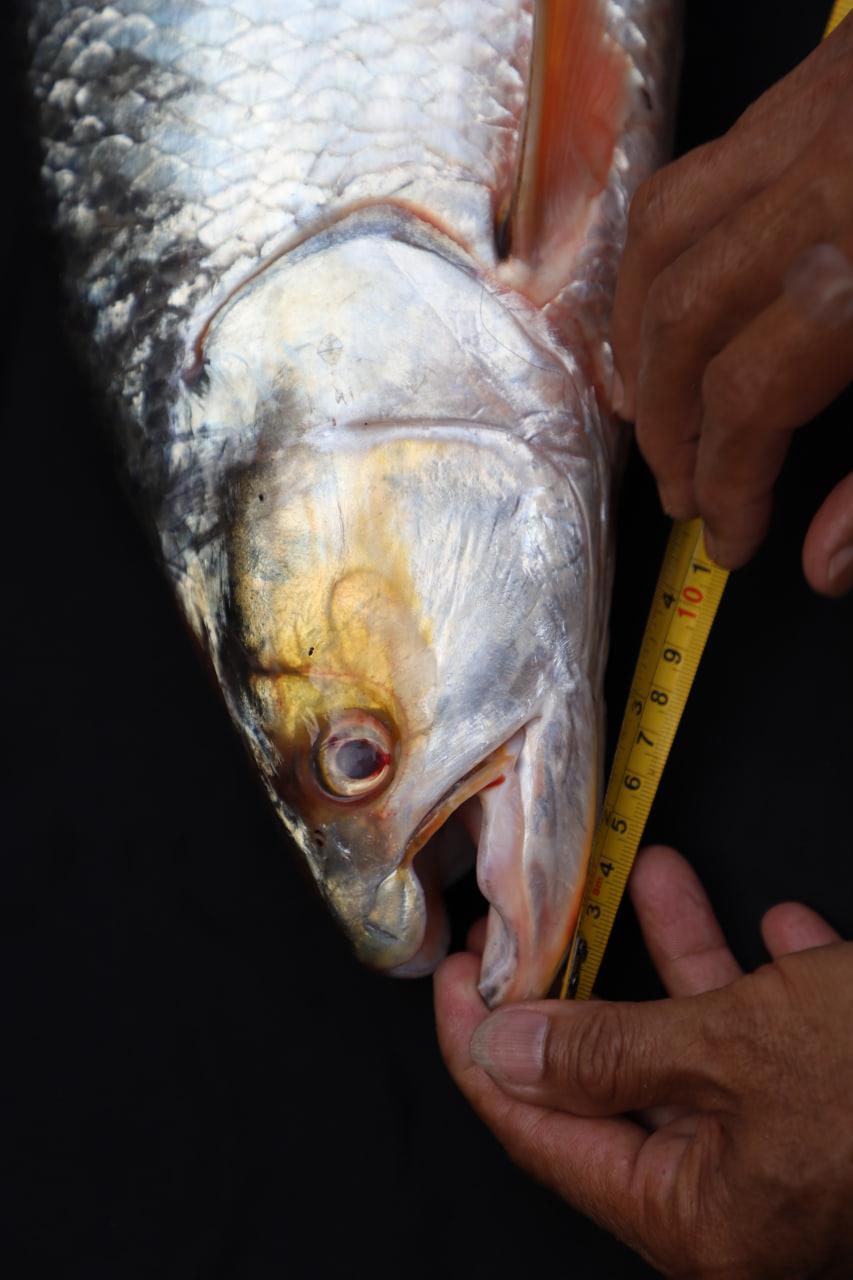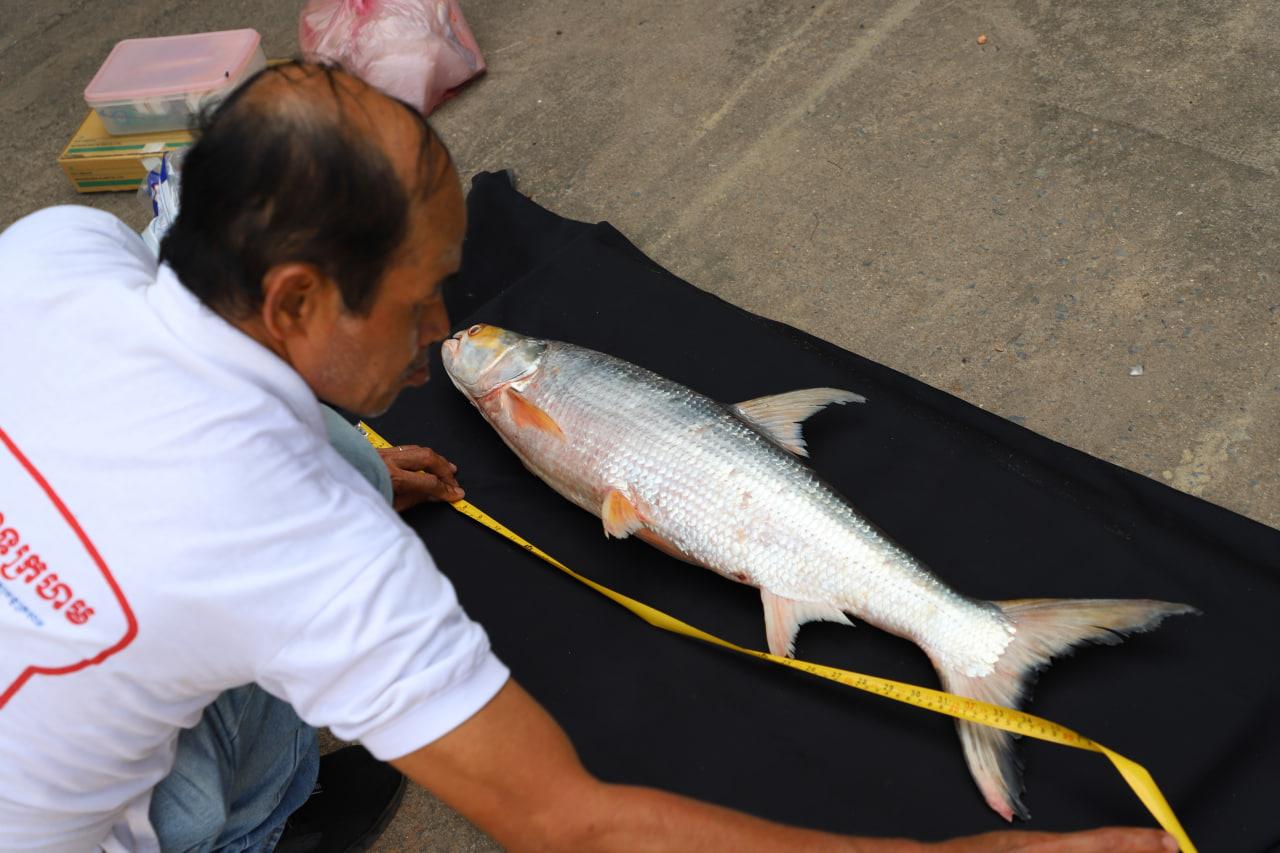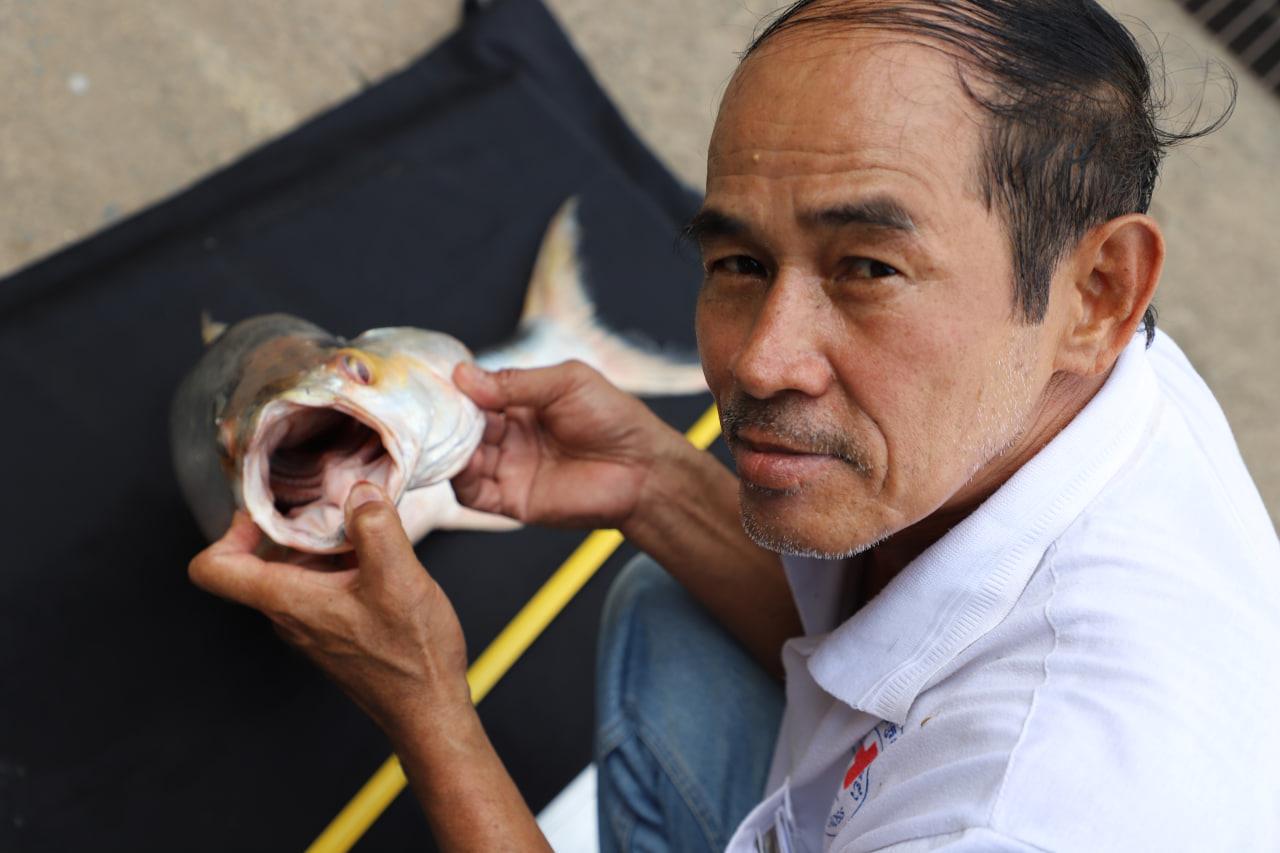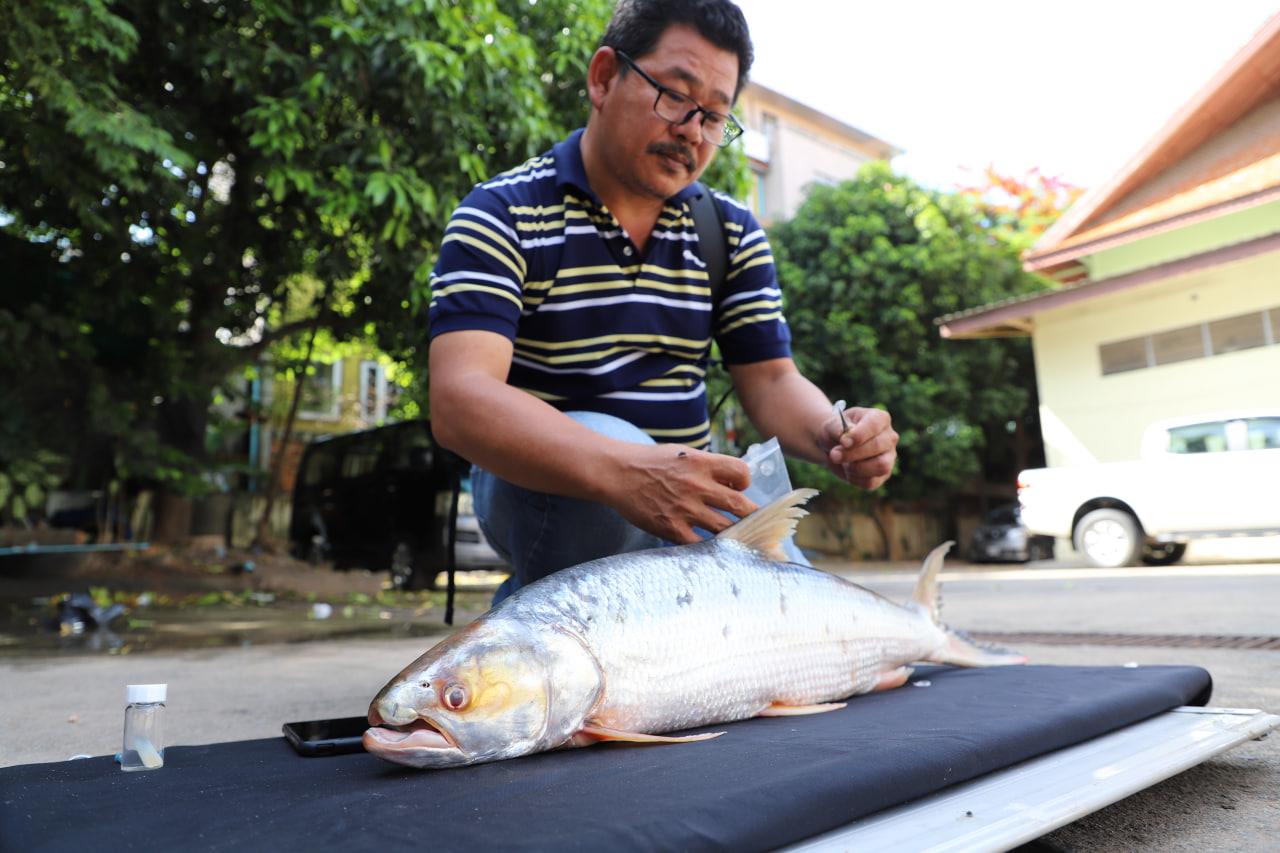Phnom Penh (FN), Oct. 22 — The "Mekong ghost" has resurfaced. After nearly two decades without a trace, the elusive giant salmon carp (Aaptosyax grypus) has been spotted once again in the waters of Cambodia, reigniting hope for the species' survival and sparking calls for urgent conservation efforts to protect Southeast Asia’s Mekong River. The unusual fish, a carp with a hooked jaw and salmon-shaped body, had not been documented since 2005.
An international team of scientists has confirmed the existence of three giant salmon carp caught between 2020 and 2023, a significant finding for a fish previously feared extinct. The research, published in the journal Biological Conservation, emphasizes the need for innovative conservation strategies to safeguard not only this species but the broader ecosystem of the Mekong, which has been termed a "fish superhighway" and is home to some of the largest freshwater fish on Earth.
“The rediscovery of the giant salmon carp is a reason for hope, not just for this species but for the entire Mekong ecosystem,” said Bunyeth Chan, lead researcher from Svay Rieng University in Cambodia. "The Mekong ecosystem is the most productive river on Earth, producing over two million tons of fish per year worth over USD10 billion."
Measuring up to 1.3 meters (4 feet) and weighing 30 kilograms (66 pounds), this critically endangered species is part of the “megafish” family—freshwater fish exceeding 30 kilograms. The fish is native to the Mekong and remains shrouded in mystery, with fewer than 30 individuals recorded since its formal identification in 1991.
Like many of the Mekong’s aquatic giants, the carp faces numerous threats. The discovery of these three individuals suggests that the species still has a foothold in the Mekong’s waters, but its future remains precarious.
“Aaptosyax numbers are very low, and we don’t know how many populations remain, or if they are connected,” said Zeb Hogan, a co-author of the study and director of the Wonders of the Mekong program at the University of Nevada, Reno. “The rediscovery means that with coordinated international action it may still be possible to save the species from oblivion.”
Surprisingly, the three recent catches were made outside the species’ core distribution zone, in Cambodia’s Sesan River and the Mekong’s Stung Treng Province. This unexpected finding hints that the carp’s geographic range may be more extensive than previously believed, providing new hope for its survival.
To better understand the species' range and behavior, researchers are advocating for the use of non-invasive techniques, including environmental DNA analysis. This method allows scientists to detect the species’ presence through genetic material in water samples, offering a less disruptive way to track the fish’s distribution.
Scientists are also calling for continued community-engaged research. The USAID-funded Wonders of the Mekong program has successfully involved local fishers in conservation efforts since the program began in 2017. By partnering with people who live along the Mekong and its tributaries, researchers hope to continue to gather critical information on the carp’s habitat and behavior.
“Local fishers possess invaluable ecological knowledge and could be pivotal in identifying key habitats and establishing conservation zones,” said Sébastien Brosse from the Université Paul Sabatier in France, one of the study’s coauthors.
The broader Mekong River ecosystem is home to several other endangered species, such as the Mekong giant catfish and giant freshwater stingray, which rely on the same fragile environment.
The catch of the giant salmon carp is a powerful reminder of the rich biodiversity still present in the Mekong River. However, this biodiversity is under threat. Habitat degradation, overfishing and dam construction have caused widespread harm to the river and its species. Climate change poses a new and growing threat, as the region faces more prolonged drought and more severe floods.
To address these issues, scientists are calling for a comprehensive, multi-faceted conservation strategy.
“Protecting its habitat would not only secure the future of this rare megafish but could also support other endangered species in the region, contributing to the overall health of the Mekong’s freshwater biodiversity,” Michael Grant, of the Center for Sustainable Tropical Fisheries and Aquaculture in Australia, said.
Scientists emphasize the importance of protecting species like the salmon carp, which are found only in the Mekong River.
“The biodiversity of the Mekong is truly unique, and we must intensify our efforts to study and protect it,” Heng Kong, co-author of the study and director of the Inland Fisheries Research Institute in Cambodia, said. “Species like the giant salmon carp are irreplaceable, and without concerted action, they could disappear forever.”
Of the more than 1,100 fish species in the Mekong, around 25 percent are found nowhere else on Earth. The Mekong River supports the world’s largest inland fishery, sustaining at least 40 million people and valued at USD 11 billion dollars.
As a result of the rediscovery, the Cambodian Fisheries Administration has added the giant salmon carp to its list of protected species. Ultimately, the survival of the giant salmon carp—and the Mekong's biodiversity—depends on coordinated efforts across borders, Hogan said.
“This discovery is a call to action to protect the Mekong River and its amazing fisheries and biodiversity,” Hogan said. “The survival of the giant salmon carp depends on the ability of governments, scientists, and communities in the Mekong region to ramp up conservation efforts and work together.”
About the Wonders of the Mekong
The Wonders of the Mekong project conducts applied research, build capacity, and develop outreach and communications products to highlight the economic, ecological, and cultural values of biodiversity and ecosystem services associated with the Lower Mekong River. Project partners include USAID, the University of Nevada, Reno Global Water Center, and the Inland Fisheries Research and Development Institute of Cambodia.
The University of Nevada, Reno, is a public research university that is committed to the promise of a future powered by knowledge. As a Nevada land-grant university founded in 1874, the University serves 21,000 students. The University is a comprehensive, doctoral university, classified as an R1 institution with very high research activity by the Carnegie Classification of Institutions of Higher Education. Additionally, it has attained the prestigious “Carnegie Engaged” classification, reflecting its student and institutional impact on civic engagement and service, fostered by extensive community and statewide collaborations. More than USD 800 million in advanced labs, residence halls and facilities has been invested on campus since 2009. It is home to the University of Nevada, Reno School of Medicine and Wolf Pack Athletics, maintains a statewide outreach mission and presence through programs such as the University of Nevada, Reno Extension, Nevada Bureau of Mines and Geology, Small Business Development Center, Nevada Seismological Laboratory, and is part of the Nevada System of Higher Education. Through a commitment to world-improving research, student success and outreach benefiting the communities and businesses of Nevada, the University has impact across the state and around the world.
For more information visit www.unr.edu.
=FRESH NEWS
